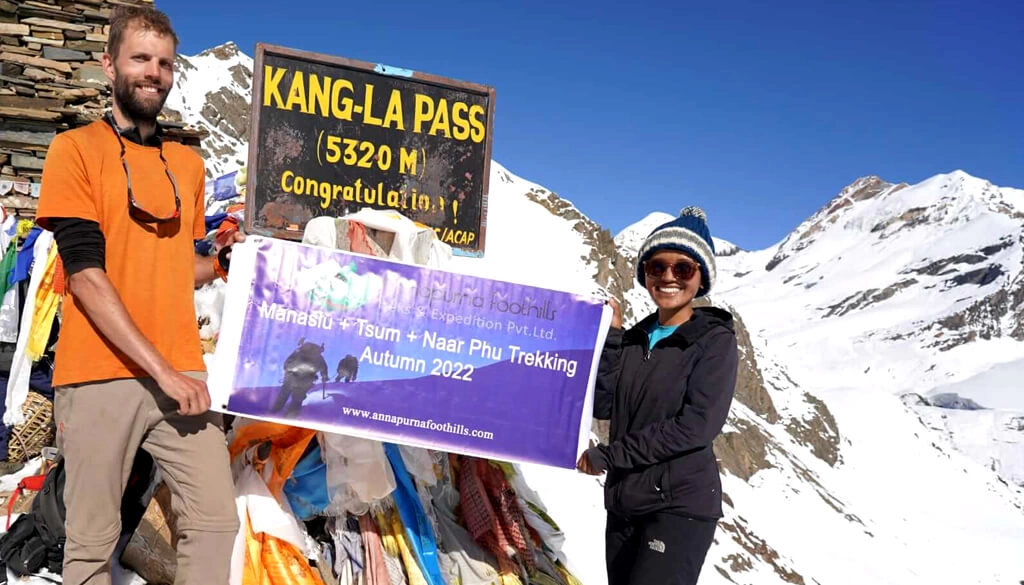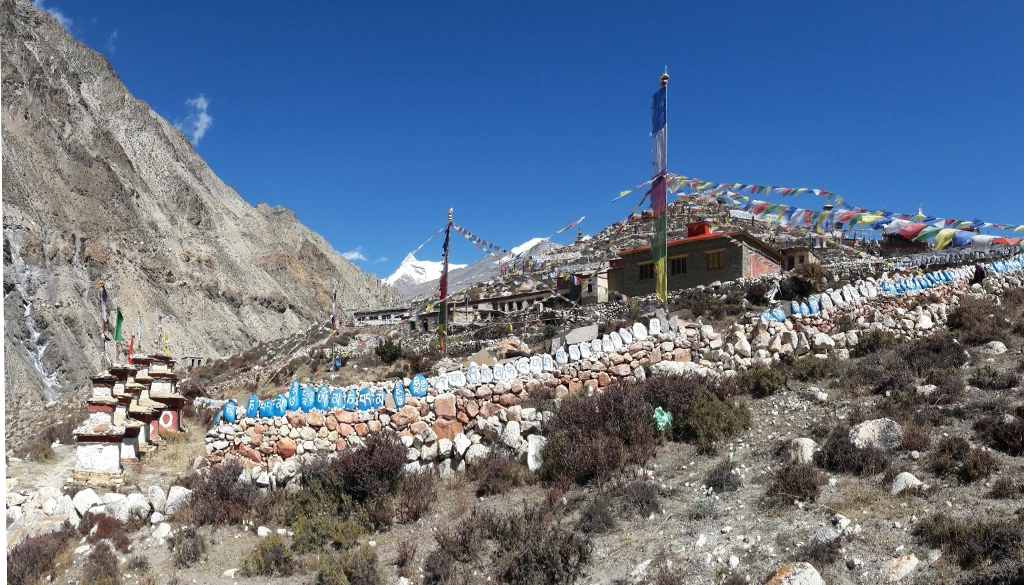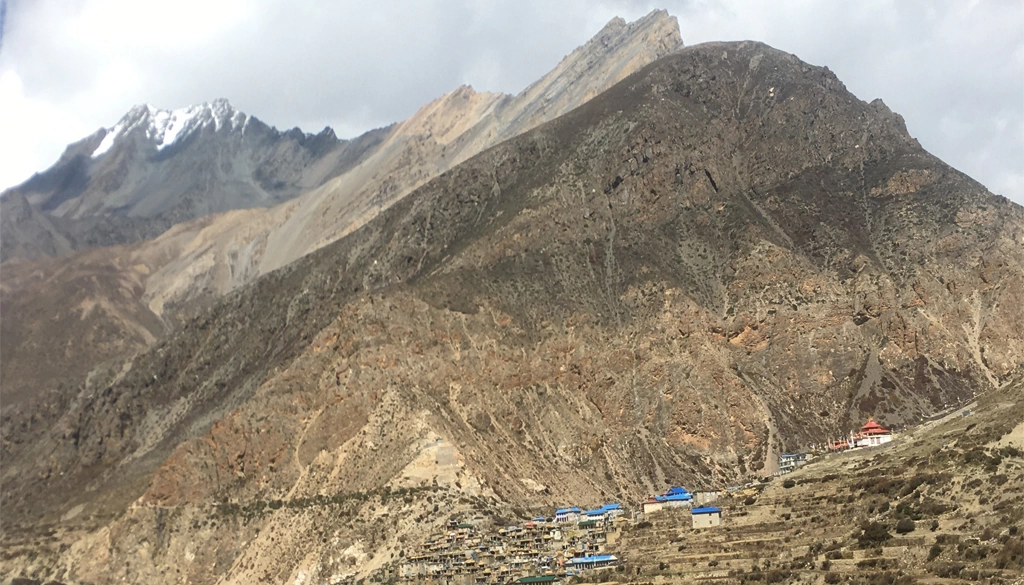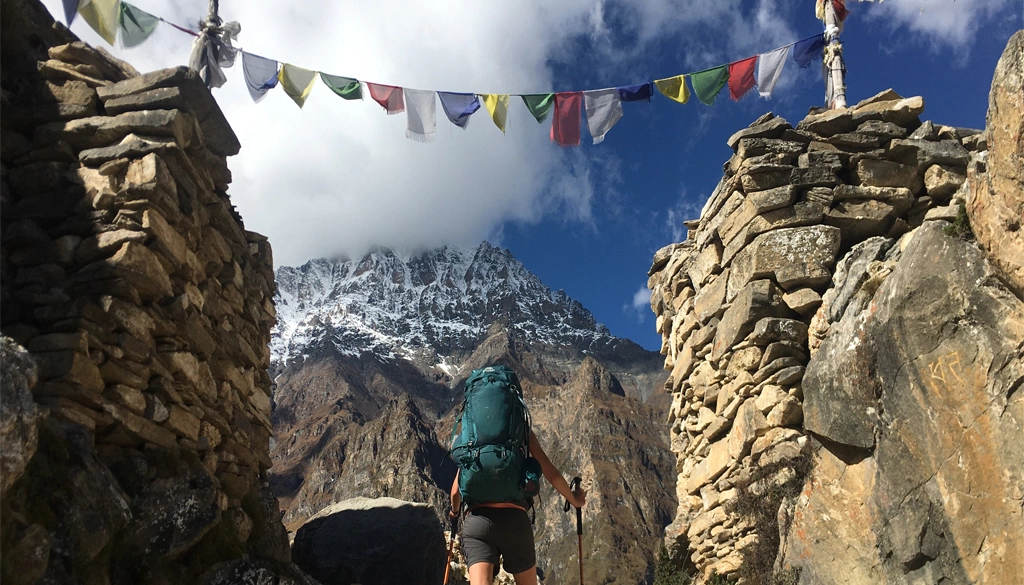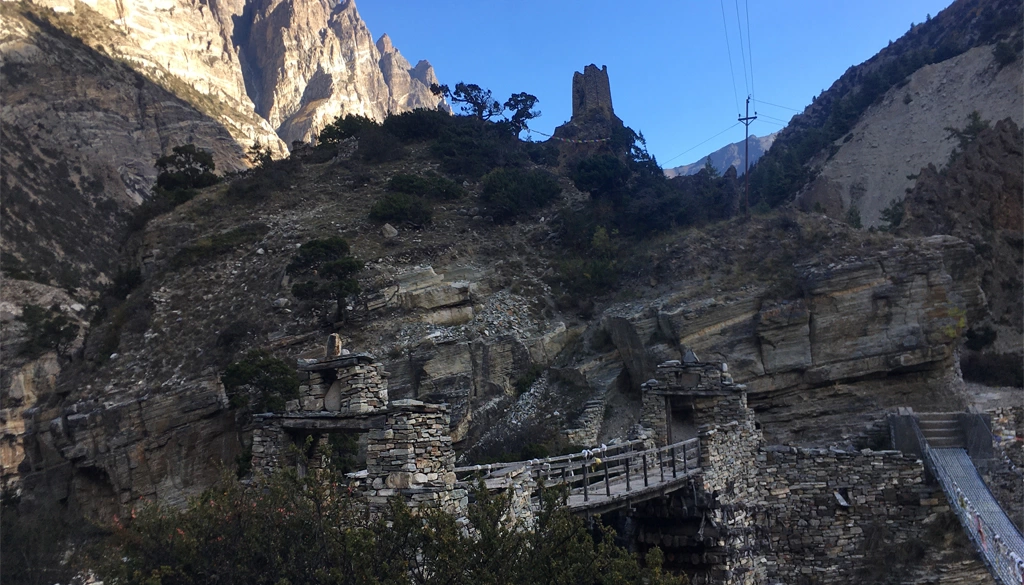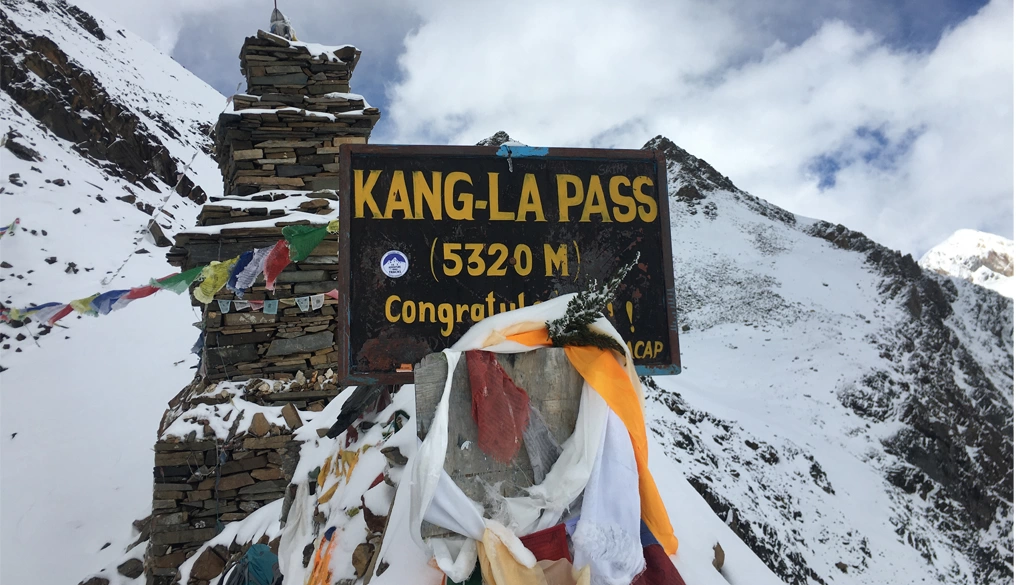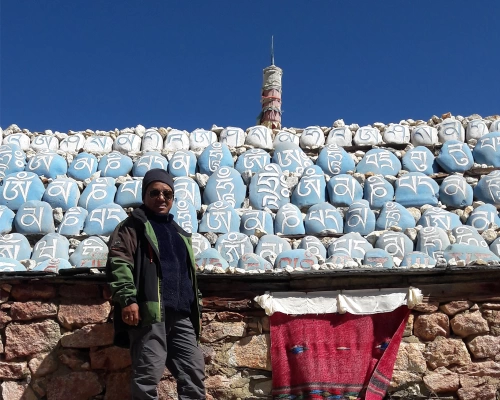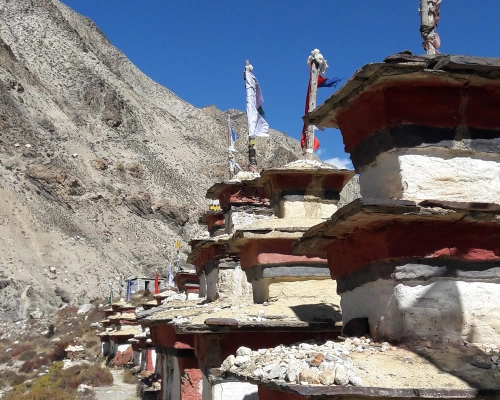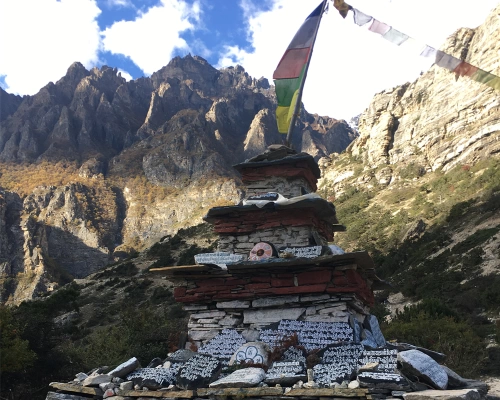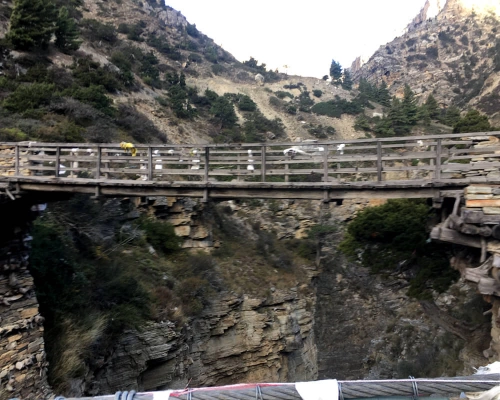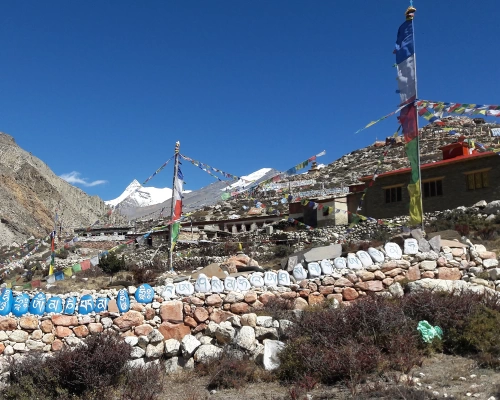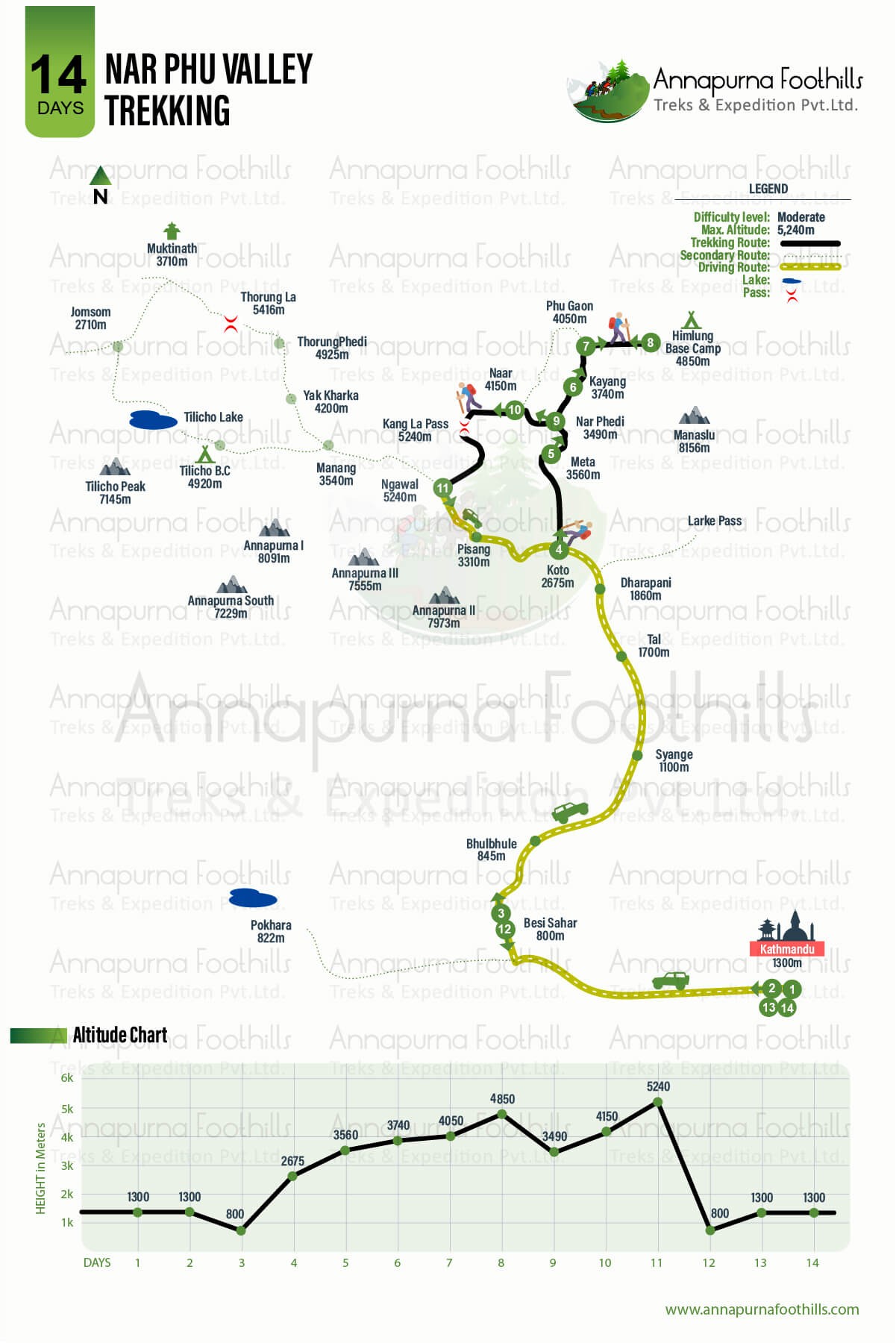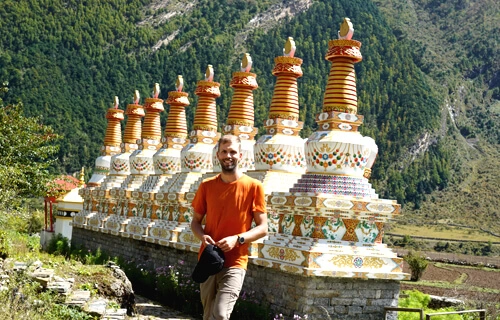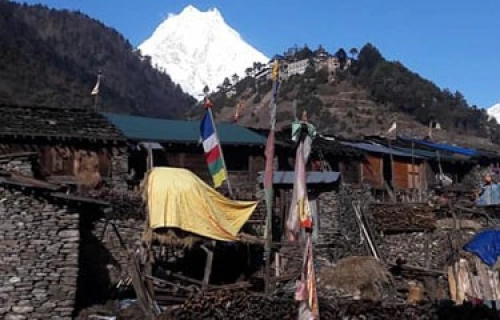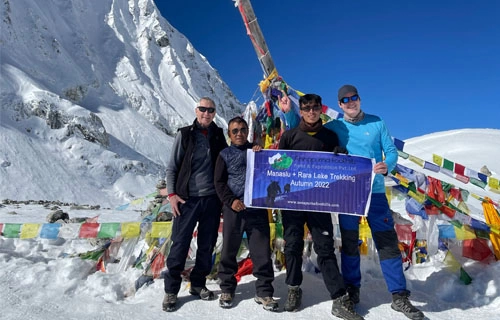About Nar Phu Valley Trekking
Nar Phu Valley Trekking opened for tourism only in 2003, is the least explored and most exotic trek in Nepal. Due to its isolated existence, tibetan culture of Nar Phu has remained undisturbed for centuries. They have retained their age-old nomadic yak-herding lifestyle. It is like traveling back in time to visit these enchanting stone villages beneath the snow-capped Annapurnas.
Nar Phu Valley Trekking starts at Besi Sahar and follows the popular Annapurna Circuit Trekking route up the Marsyangdi River valley to Koto, where the trail branches off into the Nar Phu Valley. It passes through a beautiful forest to a Dharamsala, which accommodates local pilgrims traveling to Tashi Lhakhang Gompa in Phu. High in the valley there are plateaus and pastures where yak herders of the Nar Phu valley make winter settlements. The scenery is incredible: white rocks, juniper, evergreens, snow-capped mountains, jagged glaciers, and the Nar Phu River below. The trail has many ups and downs between plateaus and glacial streams, canyons, and gorges.
A leaning monolith and line of chortens lead the way to Phu, home to about 40 households who migrate during the cold winter. We explore the crumbling ruins of two forts and visit the Tashi Lhakhang Gompa or dzong. Lama Karma Sonam Rimpoche fled from Tibet to Nepal in 1959 and lived at this gompa. Rimpoche was a renowned amchi or Tibetan doctor, as well as a thanka painter, and father of several children. (Some lamas are permitted to marry). We will see the women of Phu spinning yak wool and pounding mustard seeds for oil, and perhaps taste a cup of homemade alcohol chhyang.
We set out for the village of Nar. The name refers to the wild blue sheep, native to this region. We descend to an old bridge and cross over a deep, narrow gorge. A steep climb leads us to the gates of Nar, a village of about 65 households, chortens and gompas surrounded by fields of barley and mustard. The snowy peaks of Kang Guru and Pisang dominate the horizon. Traces of modernity, like electricity lines (usually not working) contrast the ancient surroundings. While some young ones are eager to wear modern garb, the old herders and their wives are usually in traditional Tibetan attire. It is easy to learn about their culture as most of village life takes place outdoors: spinning or weaving wool, carpentry or turning the prayer wheels. Leaving Nar we climb a gradual path up the valley to yak pastures with the razorback Pisang Peak in clear view. We descend to Kang La Phedi, 4620m, before making the ascent to Kang La Pass.
The zigzag trail of snow, ice, and yak dung becomes steeper as we get closer to the razor-sharp ridge of Kang La (5240m) which divides the Nar Phu Valley from the rest of Manang. From the pass, the view of Annapurna II, Gangapurna, and Tilicho Peak will be at its best looking magnificent. The steep descent on screen can be slippery. The remote Nar Phu Valley Trekking ends when we rejoin the Annapurna Circuit Trek at Ngawal. From Ngawal, we will drive all the way to Besi Sahar passing villages like Pisang, Timang, Dharapani, Tal, Jagat, and finally, Besi Sahar.
Alternatively, to those adventure enthusiasts who wish to do a bit more, can continue from Ngawal heading west following the classic Annapurna Circuit Trekking with Tilicho Lake Trekking trail over the Thorang La Pass (5416m) and down through lower Mustang before heading on to Jomsom. From Jomsom, we fly back to Pokhara and drive back to Kathmandu the following day.
The best time to do the Nar Phu Valley Trekking is from Spring (March-May) and Autumn (September - December).
Get in touch to know more about the Trip, Itinerary, Private or Group Departures.
Temperatures on the Nar Phu Valley Trekking:
The temperatures at night will drop to around 5C, and during the day will climb to around 25C. At higher altitudes temperatures range from about 15C to 20C.
You should be prepared with proper protection from the sun as well as layers of clothing that can be added or taken off easily.
Nar Phu Valley Trekking is a Tea House/Lodge Trek:
Accommodation is included in the cost of your package and Annapurna Foothills Treks takes great care to arrange the most comfortable accommodation possible throughout your stay.
Drinking Water on the Nar Phu Valley Trekking:
You will be provided with boiled water during the trek. While trekking, it is important to keep hydrated; you should drink at least 3 liters of water each day. As an additional precaution, we suggest you bring a supply of water purification tablets to add to the water.
Fitness/Health:
The altitude becomes more noticeable the higher we go, so we walk at a slow pace and take plenty of breaks to rest and acclimatize.
Environmental Responsibility:
Annapurna Foothills Treks practices and teaches the Leave-No-Trace principles. Moreover, we are committed to protecting the land and culture of the indigenous people. The mountains are our home and we are unwilling to sacrifice their preservation for human objectives. Annapurna Foothills Treks believe that given the proper information, most people will do all they can to help protect and maintain the environment.
Acclimatization on the Nar Phu Valley Trekking:
It is really difficult to head straight up to high altitude for the first time even if you follow the recommended 400m-a-day rule. Our itinerary is planned to allow rational acclimatization and avoid altitude sickness. Please read Altitude Advice.
Travel Insurance:
It is strongly recommended to be sufficiently protected when you go into remote areas. You need specialized travel insurance that covers emergency evacuation, injury, lost baggage, liability and medical treatment. Make sure the insurance covers all the activities that you will be undertaking during your stay in Nepal. Annapurna Foothills Treks and Expeditions Pvt. Ltd. can organize the appropriate medical response based on your policy.
Why Trek to Nar Phu with Annapurna Foothills Treks?
When trekking into extremely remote regions, it is important to have a trek with an experienced company. Annapurna Foothills Treks has been running trekking and climbing expeditions in Nar Phu since it opened in 2003. Annapurna Foothills Treks reaches for the highest standard of ethical business practices.
